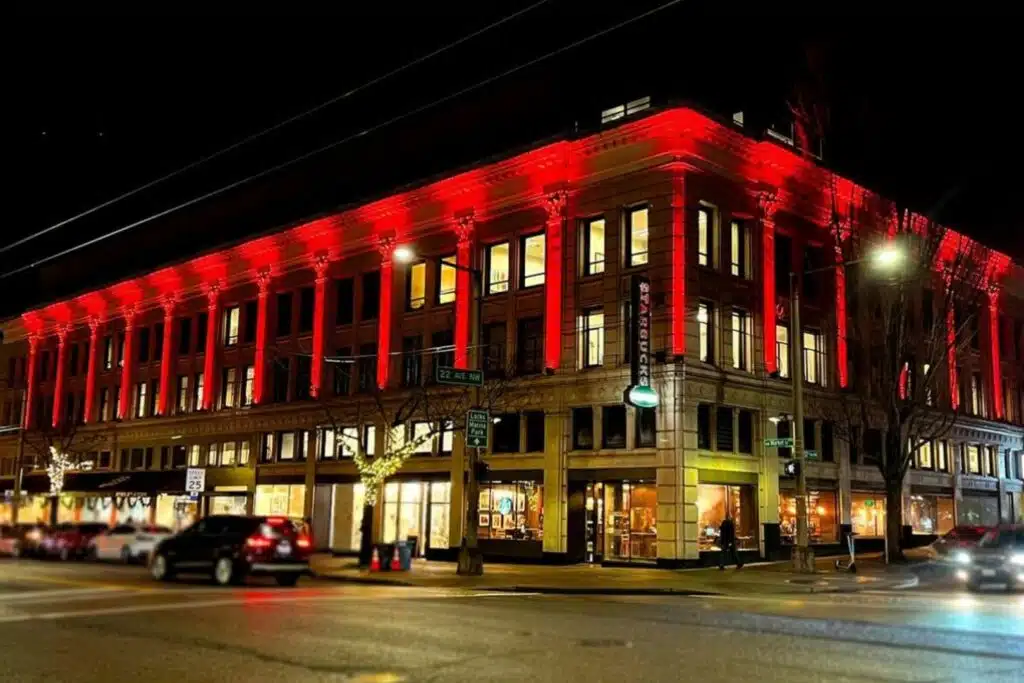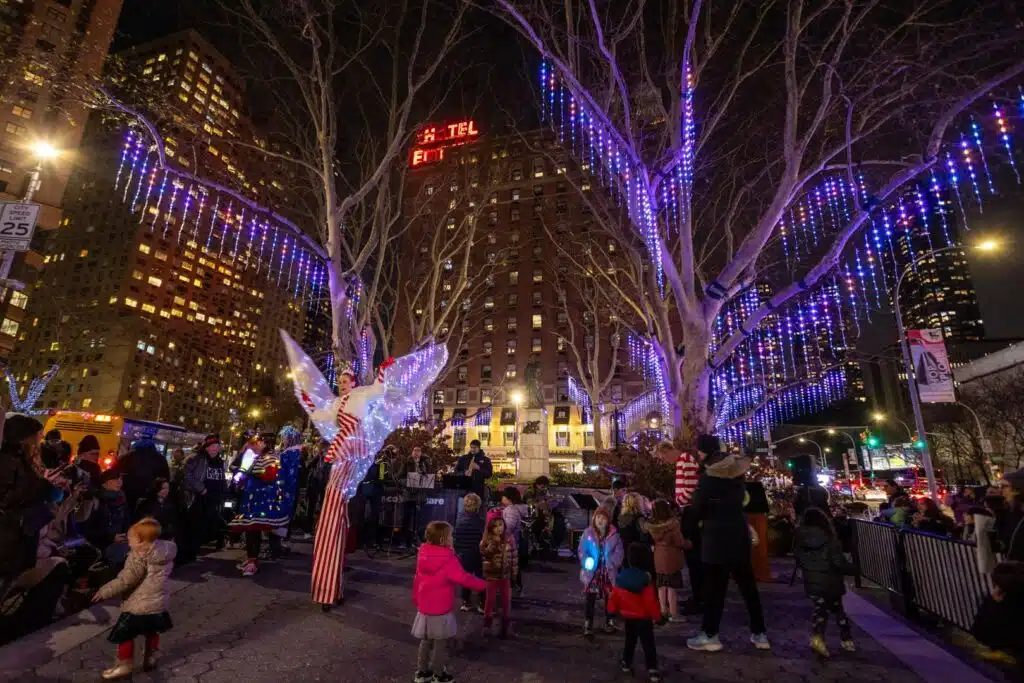In the heart of every city lies a canvas waiting to be painted, not just with the strokes of the day but with the vibrant hues of the night. Yet, for too long, our nocturnal landscapes have been cast in the harsh glare of utilitarian lighting, creating an atmosphere akin to a prison yard rather than a welcoming haven for communities to thrive. As I traverse numerous cities, crafting enchanting nightscapes, one thing becomes glaringly evident: safety remains a paramount concern, often overshadowing the potential for creating truly mesmerizing nocturnal environments.
In discussions with city planners and stakeholders, safety consistently emerges as a focal point when addressing darkened corners, desolate parks, and uninspired buildings. The default solution has typically been to flood these spaces with standard task lighting, yielding a sterile, uninviting ambiance reminiscent of incarceration rather than liberation. But why must safety come at the expense of beauty? Shouldn’t our urban environments, both by day and by night, aspire to captivate and inspire rather than merely fulfill a functional role?

It’s a curious paradox that while meticulous attention is paid to crafting inviting daytime spaces, the same level of care is often neglected when the sun sets. Parks and landscapes are meticulously designed to provide havens for relaxation and socialization, yet under the cloak of darkness, they often languish in obscurity, devoid of the allure that beckons people to linger and engage.
The prevailing mindset seems fixated on the notion that safety necessitates stark illumination, oblivious to the possibility of seamlessly integrating safety measures with aesthetic appeal. But it doesn’t have to be an either-or scenario. Investing in creating captivating nighttime environments not only enhances safety but also fosters a sense of community pride and economic vitality.

While extravagant projects like the AT&T Entertainment District in Dallas exemplify the pinnacle of nocturnal grandeur, they remain out of reach for many cities, especially smaller towns grappling with limited budgets. Yet, this should not deter us from reimagining our urban landscapes. Rather than striving for grandeur on a monumental scale, let us embrace a more nuanced approach, weaving smaller vignettes throughout the city that celebrate the built and natural environment in all its nocturnal splendour.
Too often, the alternative to grandiose projects is a half-hearted attempt characterized by tokenistic gestures—a smattering of string lights here, a feeble attempt at ambiance there. But let’s be honest, when was the last time a few flickering bulbs strung overhead compelled anyone to linger?
Instead, let us aspire towards intentional design, eschewing the allure of garish advertisements and blinding floodlights in favour of a harmonious marriage between safety and aesthetics. It’s about creating spaces that beckon individuals to explore, to linger, and to invest in the local community.

Indeed, the initial investment may seem daunting, but the dividends reaped in terms of community engagement and economic revitalization far outweigh the costs. By enlisting the expertise of professionals versed in the art of nocturnal design, cities can unlock the full potential of their nighttime landscapes, transforming them into beacons of beauty and prosperity.
In a world where the night often remains shrouded in darkness, let us be the architects of illumination, casting aside the shackles of convention to usher in a new era of urban enchantment. For safety need not be the end-all-be-all of nocturnal design; it is merely the first step towards a brighter, more beautiful future.
Limbic Media specializes in interactive, engaging light-based experiences. If you are looking to revitalize your public space, we are here to help; please get in touch.
